
Conveyor belt strength standard and product classification
Conveyor belt strength standard
Ordinary conveyor belts implement the GB7984-2001 standard.
Ordinary conveyor belt: cover layer: tensile strength is not less than 15Mpa, elongation at break is not less than 350%, wear amount is less than or equal to 200mm3; the average value of interlayer bonding strength of longitudinal samples is not less than 3.2N/mm between layers; covering glue The gap with the cloth layer is not less than 2.1N/mm; the full-thickness longitudinal elongation at break is not less than 10%; the full-thickness longitudinal reference force elongation is not more than 1.5%.
Nylon (NN), polyester (EP) conveyor belt covering layer, the tensile strength is not less than 15Mpa, the elongation at break is not less than 350%, and the average value of the interlayer bonding strength of the longitudinal sample is not less than 4.5N/ mm, the gap between the cover rubber and the cloth layer is not less than 3.2N/mm, the full thickness longitudinal elongation at break is not less than 10%, the full thickness longitudinal reference force elongation is not more than 4%, the cover rubber is blended with rubber and plastic, and the skeleton is The tensile strength coefficient of the national standard level can be overlapped into a ring.
Conveyor belt product classification
All conveyor belts must be connected in a loop before use, so the quality of the conveyor belt joint directly affects the service life of the conveyor belt and whether the conveyor line can run smoothly and smoothly. Generally, the common methods of conveyor belt joints include mechanical joints, cold bonding joints, hot vulcanization joints, etc.
Conveyor belt mechanical joint method: generally refers to the use of belt buckle joints. This joint method is convenient and economical, but the joint efficiency is low and easy to damage, which has a certain impact on the service life of conveyor belt products. In PVC and PVG whole core flame retardant and antistatic conveyor belt joints, generally products below grade 8 belts use this joint method.
Conveyor belt cold bonding method: that is, the use of cold bonding adhesives for joints. This joint method is more efficient and economical than mechanical joints, and should be able to achieve better joint effects. However, from a practical point of view, due to the difficulty in mastering the process conditions, and the quality of the adhesive has a great influence on the joints. So not very stable.
Conveyor belt hot vulcanization joint method: Practice has proved that it is the most ideal joint method, which can ensure high joint efficiency, and is also very stable, with long joint life and easy to master. However, there are disadvantages such as troublesome process, high cost, and long joint time.
 English
English 简体中文
简体中文 Español
Español عرب
عرب
 English
English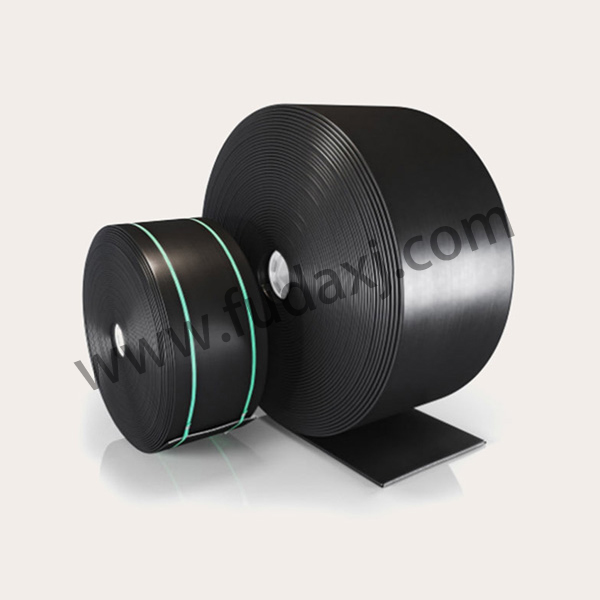
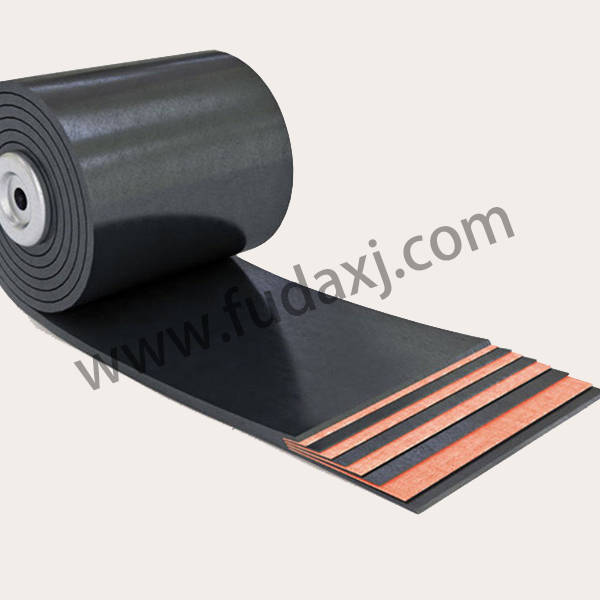
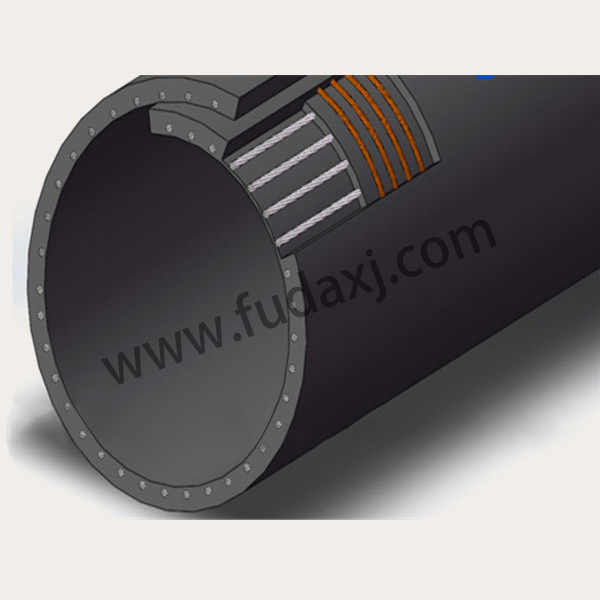

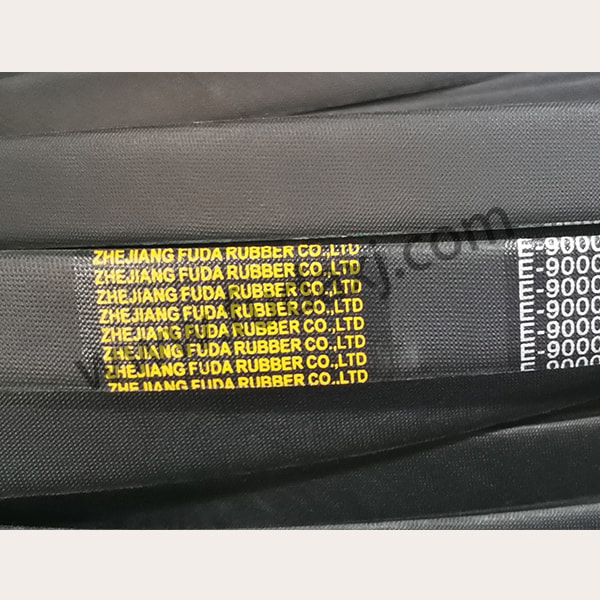
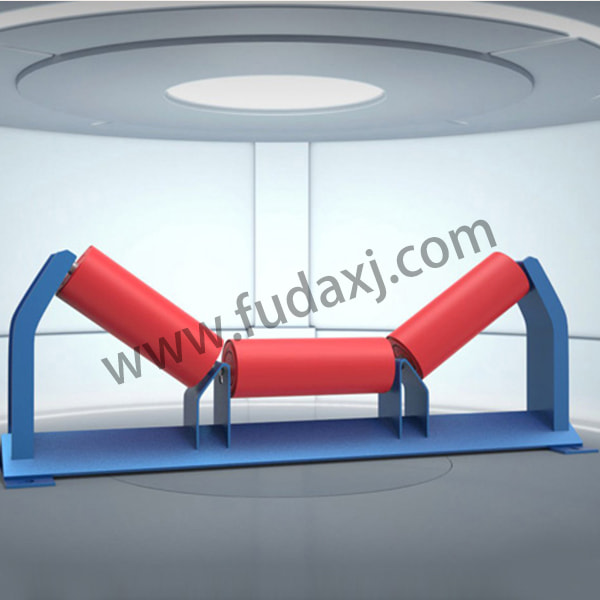
 Fax: 0086-576-83019528
Fax: 0086-576-83019528